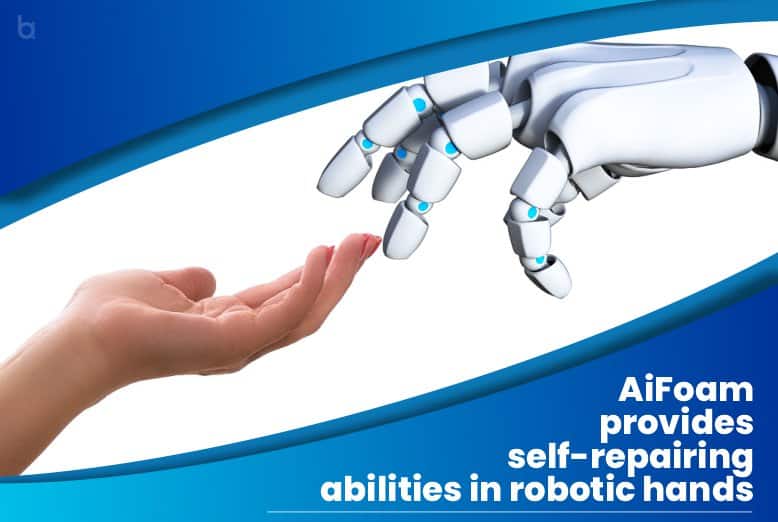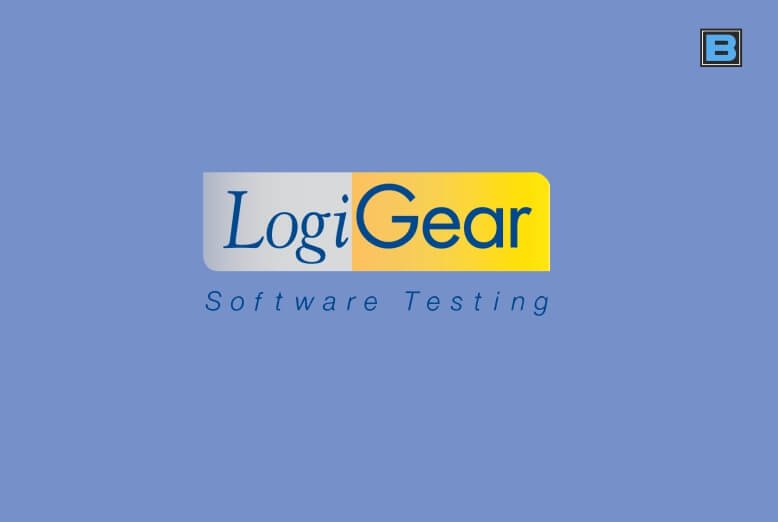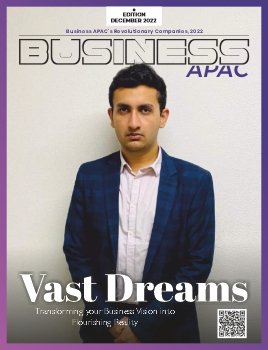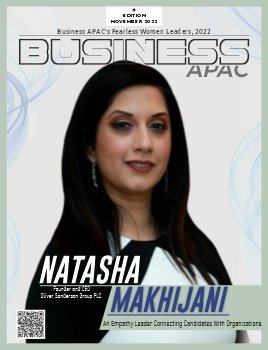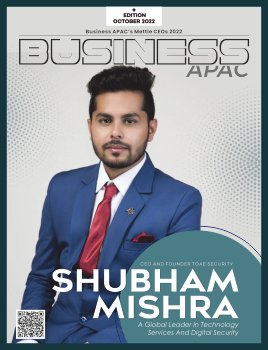Key Highlights:
- AiFoam replicates the human sense of touch and can heal itself when injured.
- A team lead by Assistant Professor Benjamin Tee from the NUS Department of Materials Science and Engineering created this ground-breaking material.
- The foam allows the material to detect the presence of humans compared to other e-skin materials such as silicones.
Robots and computers are becoming smarter as artificial intelligence advances, yet they still lack the capacity to touch and sense their nuanced and complicated environments like humans. Researchers at the National University of Singapore (NUS) have developed smart foam which may provide machines with more than just a human touch.
The new material, which is soft and feels like a sponge and is called artificially innervated foam, or AiFoam, replicates the human sense of touch, can sense surrounding things without actually touching them, and can heal itself when injured. In comparison to other traditional materials, AiFoam is the world’s first smart foam that conducts multiple activities concurrently, possibly making robots more intelligent and engaging. Over the course of two years, a team lead by Assistant Professor Benjamin Tee from the NUS Department of Materials Science and Engineering as well as the Institute for Health Innovation & Technology created this ground-breaking material.
Providing human sensations to robots

People can manage items and work efficiently in new situations thanks to their sense of touch. Robotic mobility can be smoother, safer, and more reliable when robots that interact with people have this capacity.
For example, consider housekeeping robots and robotic waiters. They can respond quickly and avoid collision with humans if they can sense human presence from a distance and utilize the knowledge to determine human intents.
Although some modern electronic skins can detect pressure when in close contact with an item, none can detect the direction of movement of nearby objects because this demands more comprehensive sensing skills. The NUS team decided to conduct research in order to discover a resolution to this technological problem.
AiFoam: Assisting robots to respond better to their Surroundings
AiFoam is a highly elastic polymer made by combining a Teflon-like material known as a fluoropolymer with a surface tension-lowering surfactant. As a result, when divided into fragments, the material quickly fuses back together. The substance was then injected with tiny metal particles, allowing the foam to detect the presence of a capacitive item such as a human finger.
The NUS team opted to create such a foam because it may be made more responsive than traditional thin sheets. The softness of the foam may also be adjusted by adjusting the air-to-material ratio. In addition, the foam allows the material to detect the presence of humans more accurately than other frequently used e-skin materials such as silicones. In fact, AiFoam can identify the presence of human fingertips from a distance of a few centimeters. Its particular formulation allows it to detect human presence more effectively than traditional proximity sensors, which generally rely on light and reflections, which can result in greater false positive or negative rates.
Also Read:- Emissions from livestock on New Zealand dairy farms have reached a record high

